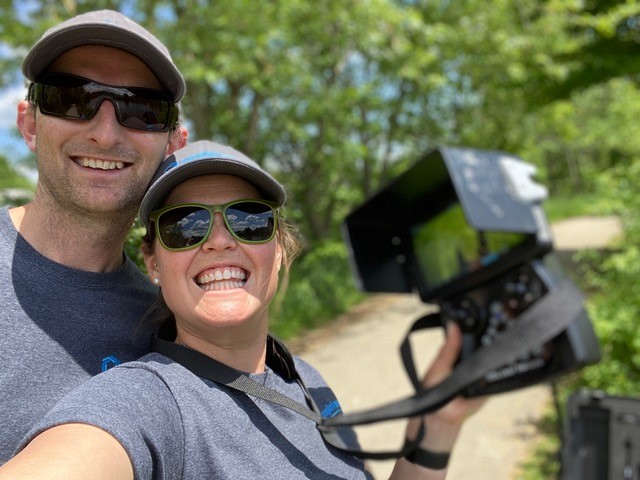Hypsometric Curve Using BioBase Depth Outputs
The Critical Role of Hypsometric Curves in Stormwater and Lake Management.
Understanding the bottom contours and bathymetry of a water body is essential for effective lake, pond, and stormwater management. This is where hypsometric curves come into play, serving as a vital tool for environmental scientists and engineers.

What are Hypsometric Curves and why are they important?
Hypsometric curves (otherwise known as Hypsographic curves) are graphical representations of the relationship of water volume as a function of depth in a waterbody. We highlight two specific popular examples used by BioBase user community.
1.Using Water Volume Estimations for Proper Pesticide Dosing
By utilizing the depth outputs provided by BioBase, managers can generate these curves to accurately predict pesticide rates at different water levels. This foresight is critical for ensuring that pesticide treatments are both effective, ecologically responsible and cost effective. By understanding the distribution of water volumes, managers can most precisely estimate the amount of pesticide needed to kill their intended target. Pesticides are only effective if you get your concentrations right, and a lake or pond isn’t exactly a bucket with measured graduations. But quantifying water volume in this complicated environments is a purpose for which BioBase was built! In conjunction with hypsometric analysis, the practice of lake drawdown can further refine pesticide application strategies.
2. Aeration Sizing
This is where BioBase’s precise bathymetric and vegetation mapping services become invaluable. By providing detailed underwater topography and plant distribution data, BioBase enables better aeration system design, ensuring that stormwater ponds maintain optimal oxygen levels and ecological balance. By understanding the depth-volume relationship, it’s possible to design aeration systems that can effectively target different water layers, ensuring that oxygenation is not just surface-level but reaches deeper zones where it’s needed.
Case Study Example: In the Kasco Marine case study, LakeTech used BioBase’s cloud platform to create bathymetric maps from sonar data, which helped them design a customized aeration system tailored to the exact contours of the lagoon. The hypsometric curves derived from this data are instrumental in understanding the volume distribution at different depths, ensuring that the aeration system was sized accurately to provide sufficient oxygen throughout the water column.

For a direct link to the video visit the BioBase Youtube Channel































